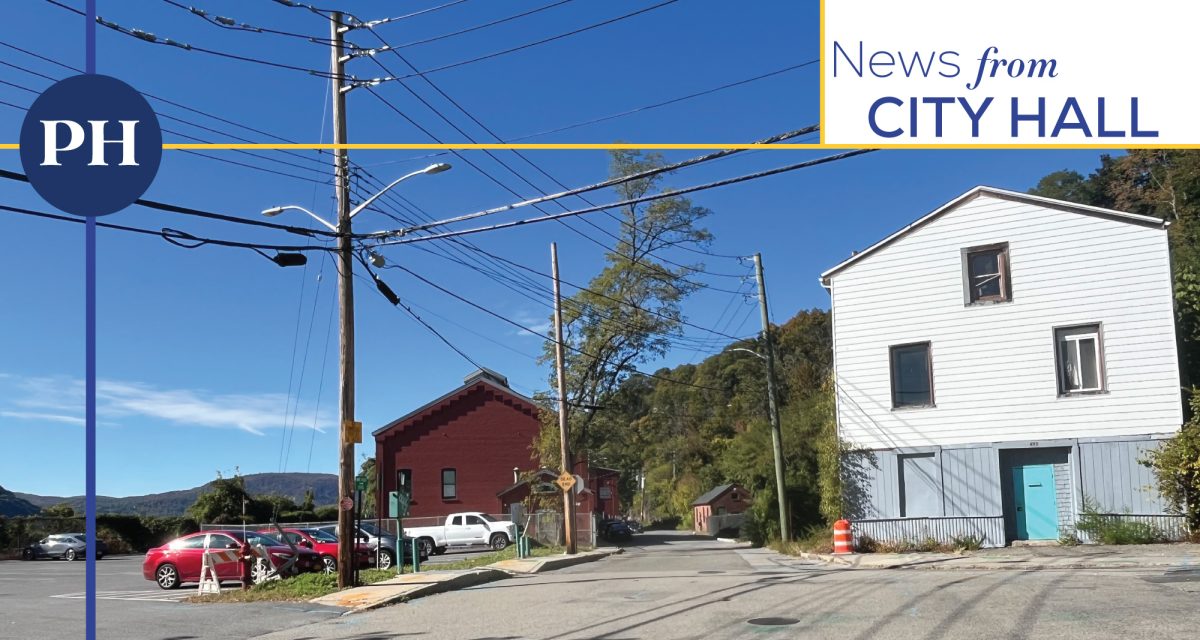Re: What does the future hold for WIN Waste in Peekskill? – Peekskill Herald
Re: Westchester County studying waste for $90K – Peekskill Herald
Two recent articles published in Peekskill Herald unfortunately — and unfairly — painted a dire picture of the waste-to-energy (WTE) disposal method. In reality, waste-to-energy is an environmentally friendly alternative to landfilling and generates a byproduct upon which all of us depend — electricity.
Waste reduction is critical, and we laud ongoing efforts to decrease the amount of materials entering the waste stream. New Yorkers are producing 40+ million tons of waste each year, more than ever before, and despite the state’s leadership in recycling, New York is still generating more unrecyclable trash than its disposal infrastructure can handle, a trend that is expected to continue.[1]
After recycling and composting, there are only two large-scale disposal options for the remaining waste: Send it to landfills or convert it into energy. But many landfills in New York are at or near capacity, and today the state pays to export 33% of its waste to other states — at the expense of taxpayers. What’s more, landfills naturally emit methane, a greenhouse gas whose global warming potential is 84 times greater than that of carbon dioxide.[2] As Drew Shindell, climate scientist and lead author of a 2024 study about methane emissions’ role in the climate crisis told The Guardian, “Methane is the strongest lever we can quickly pull to reduce warming between now and 2050.”[3]
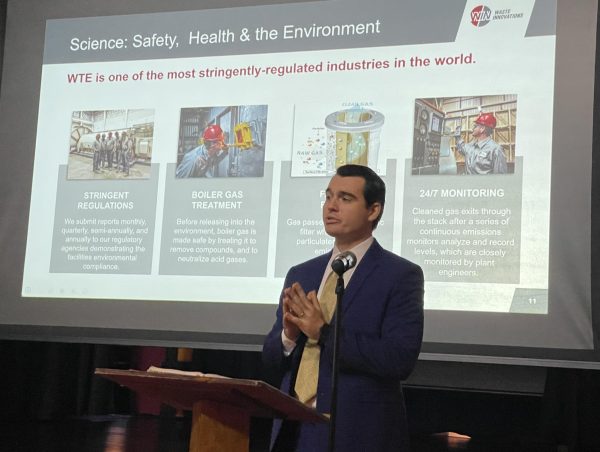
WIN Waste not only diverts waste from landfills and reduces truck traffic to and from landfills, it also reduces net carbon: For every one ton of waste processed at WIN Waste in Peekskill, up to 1.7 tons of CO2 equivalent emissions are avoided. Simply put: Waste-to-energy is part of the solution to emissions reduction and climate change mitigation. That’s why in his 2021 study, City College of New York Professor Marco Castaldi noted: “Waste-to-energy is the better alternative to landfilling for managing MSW [municipal solid waste] that is not recyclable, a reality explicitly recognized by the waste management hierarchy recommended by both the U.S. [EPA] and the European Union.”[4]
Removing WTE as a waste management strategy would only send more of New Yorkers’ waste to distant landfills. This would come at the cost of taxpayers and human health, by adding more than 27,000 tractor trailers of waste to roadways, which would increase TRAP [traffic related air pollution] and accelerate deterioration of roadway infrastructure. It would also drive-up costs for local waste haulers and the small businesses that depend upon them; jeopardize the jobs of hundreds of New Yorkers — 85 in Peekskill, alone — that are creating a more circular economy through their work at WTE plants; and reduce the amount of renewable energy generated in the state.
The Herald failed to report that the WIN Waste facility is one of the only industrial operations left in Westchester County. That is why it appears as the “highest emitting.” Nor did it report the number of emissions coming from the Peekskill plant, which are consistently below not only the U.S. EPA’s permitted levels but also below the more stringent levels permitted by the State of New York. The Herald also failed to fact-check statements about the impact of waste-to-energy plants on human health. Several scientific studies have found that “waste-to-energy systems do not adversely impact human health,”[5] “even among the most at-risk groups.”[6] An air quality impact analysis conducted as part of WIN Waste’s Title V permitting process demonstrated that the impacts of greenhouse gas co-pollutants on disadvantaged communities, including the City of Peekskill, are significantly below NYSDEC [New York State Department of Environmental Conservation] guidelines, with the average impact being less than 0.5% of state air quality standards.
We are very proud of our environmental performance, and we hope the next time Peekskill Herald covers waste-to-energy they will use the many data and research findings available to help readers learn the facts so they can make informed decisions for themselves and their communities.
[1] New York State Department of Environmental Conservation, “New York State Solid Waste Management Plan: Building the Circular Economy Through Sustainable Materials Management (2023 – 2032),” https://dec.ny.gov/environmental-protection/waste-management/solid-waste-management-planning/nys, last accessed Feb. 2, 2025.
[2]United Nations Economic Commission for Europe, “About Methane Management,” https://unece.org/sustainable-energy/about-methane-management-0, last accessed Feb. 2, 2025
[3] Drew Shindell, et. al, “Global Methane Emissions Rising at Fastest Rate in Decades, Scientists Warn,” The Guardian, July 20, 2024.
[4] Marco J. Castaldi, Ph.D., “The Scientific Truth About Waste-to-Energy,” City College of New York, May 25, 2021.
[5] Luka Traven, “Busting the Myth: Waste-to-Energy Plants and Public Health,” Archives of Industrial Hygiene and Toxicology, June 26, 2023.
[6] Marco J. Castaldi, Ph.D., “The Scientific Truth About Waste-to-Energy,” City College of New York, May 25, 2021.





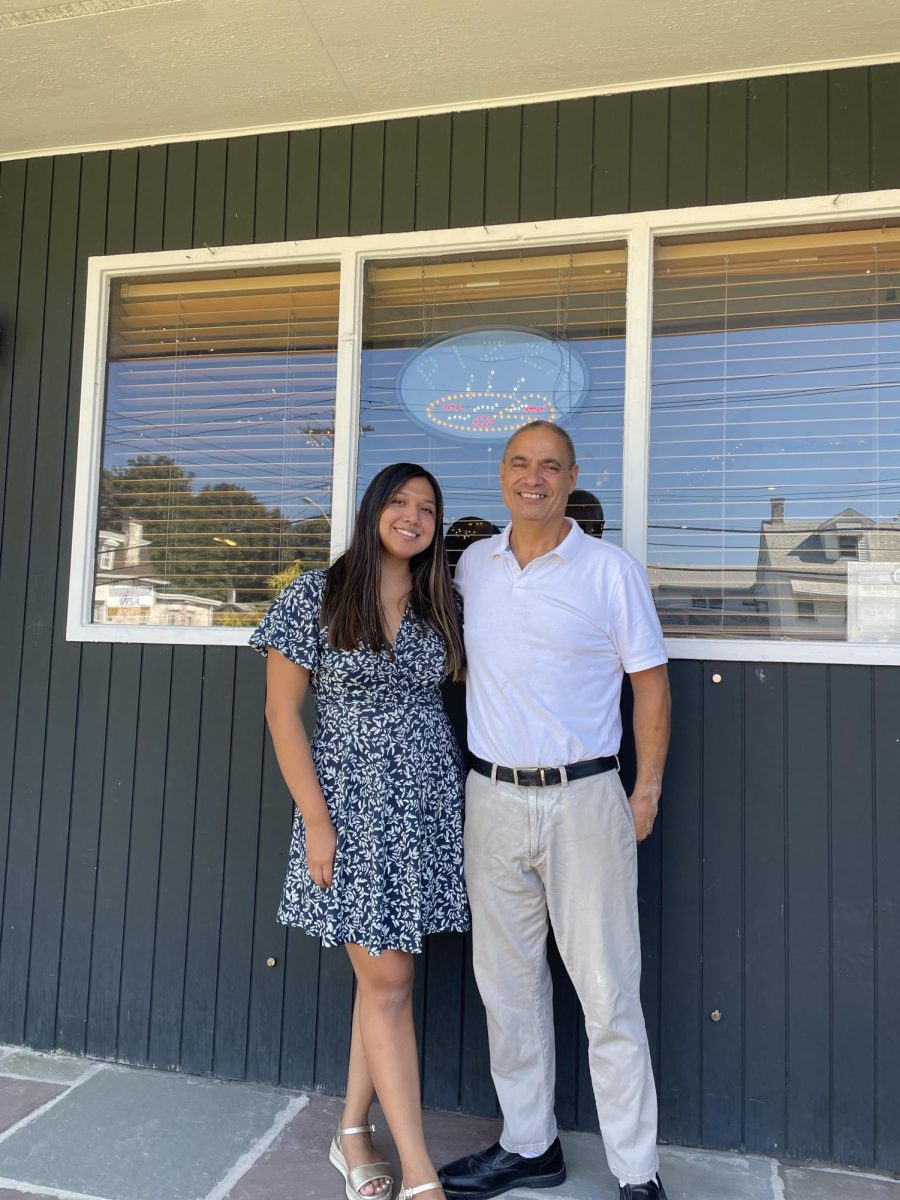
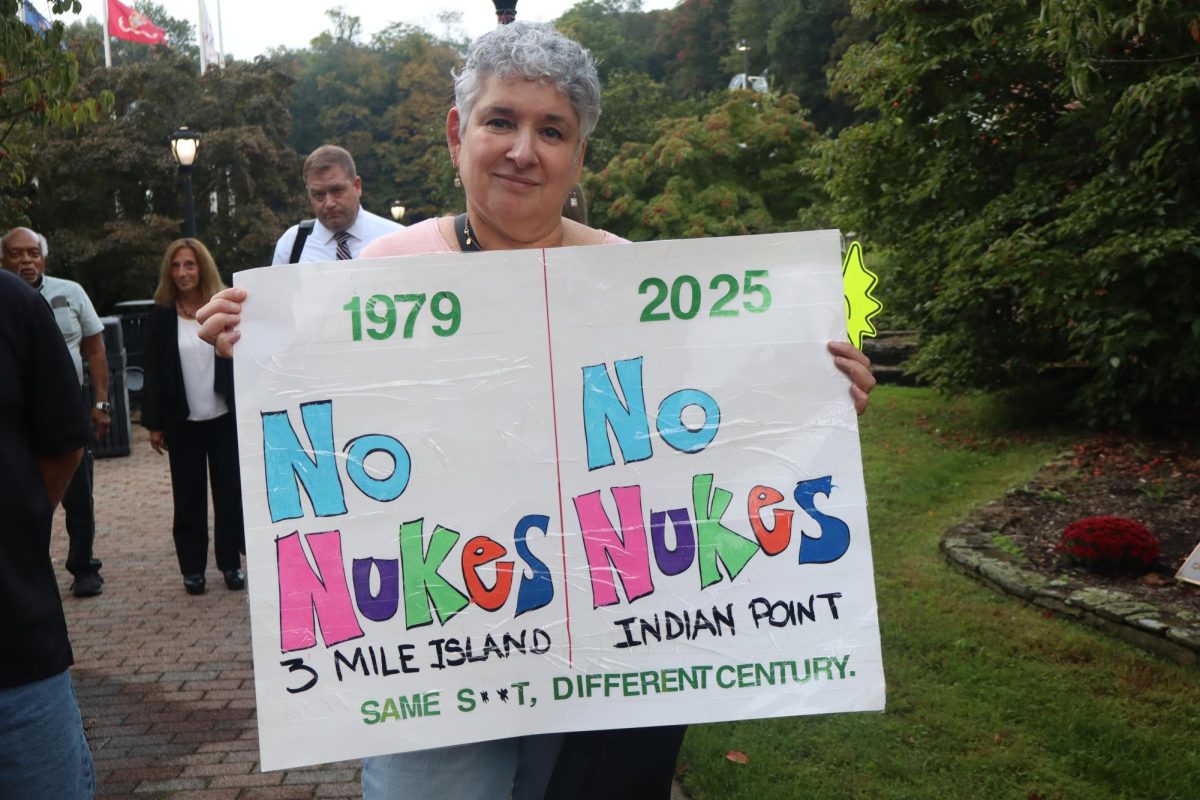
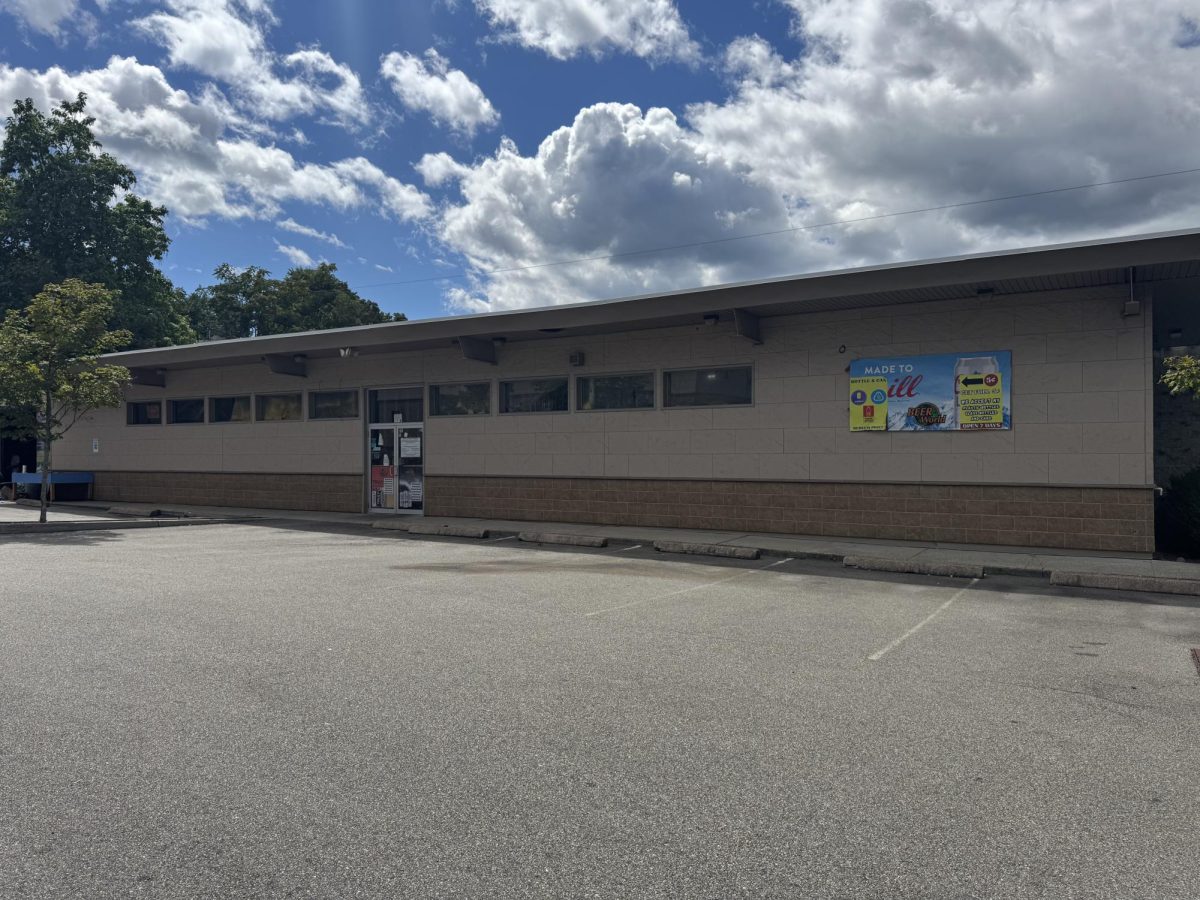
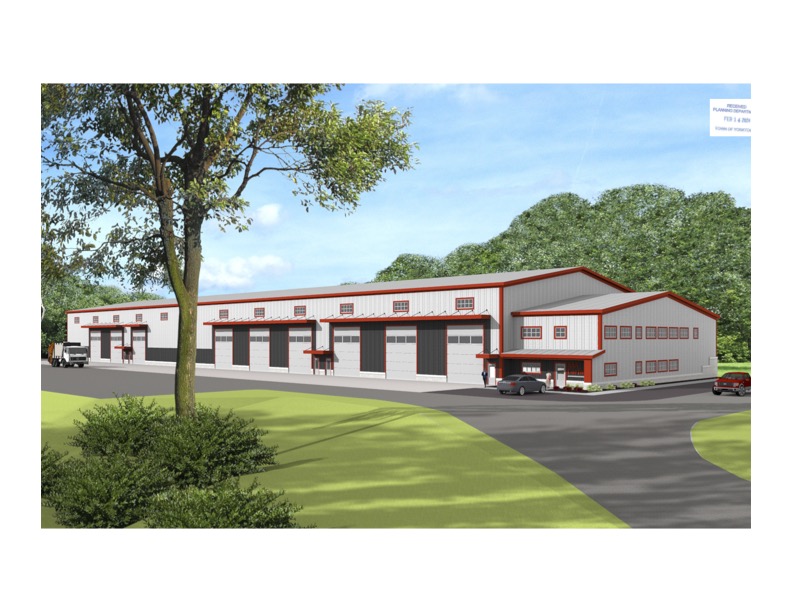
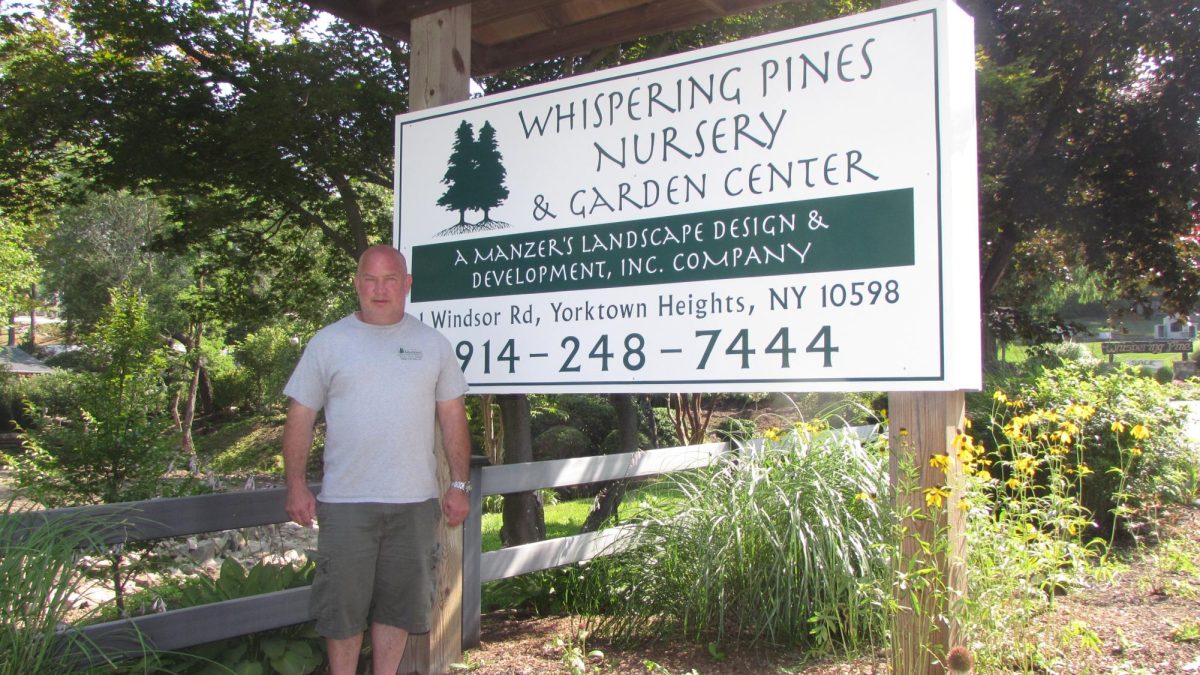
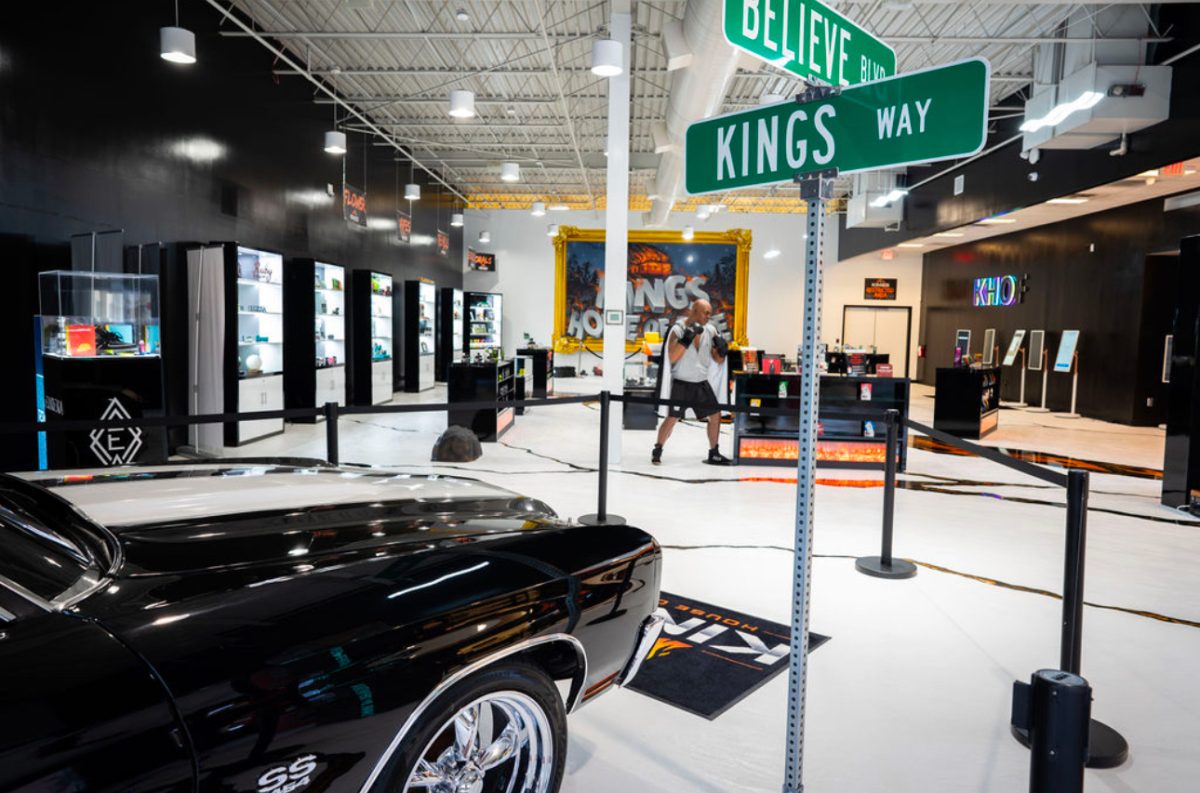
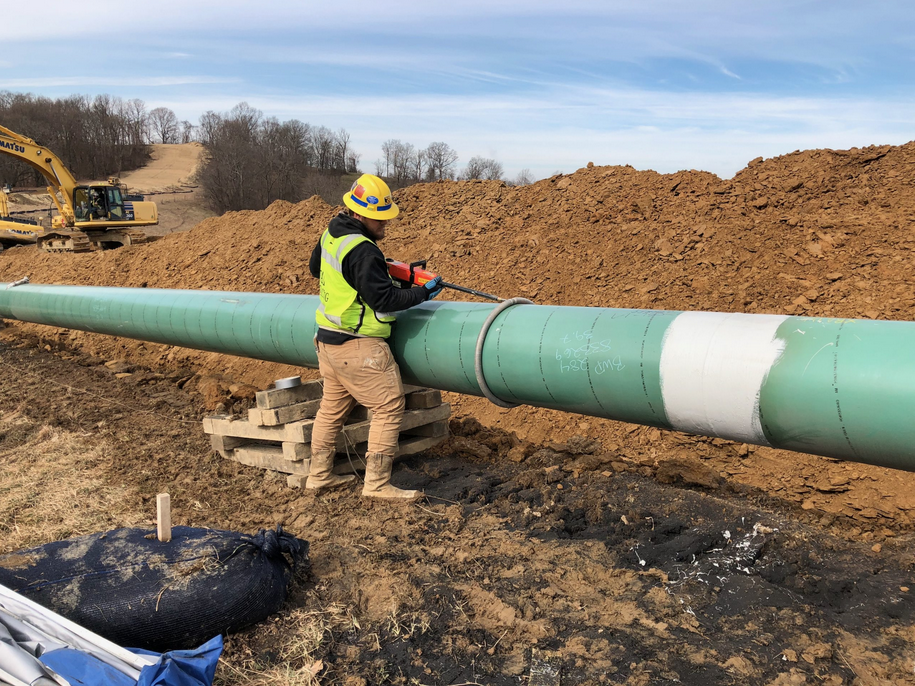
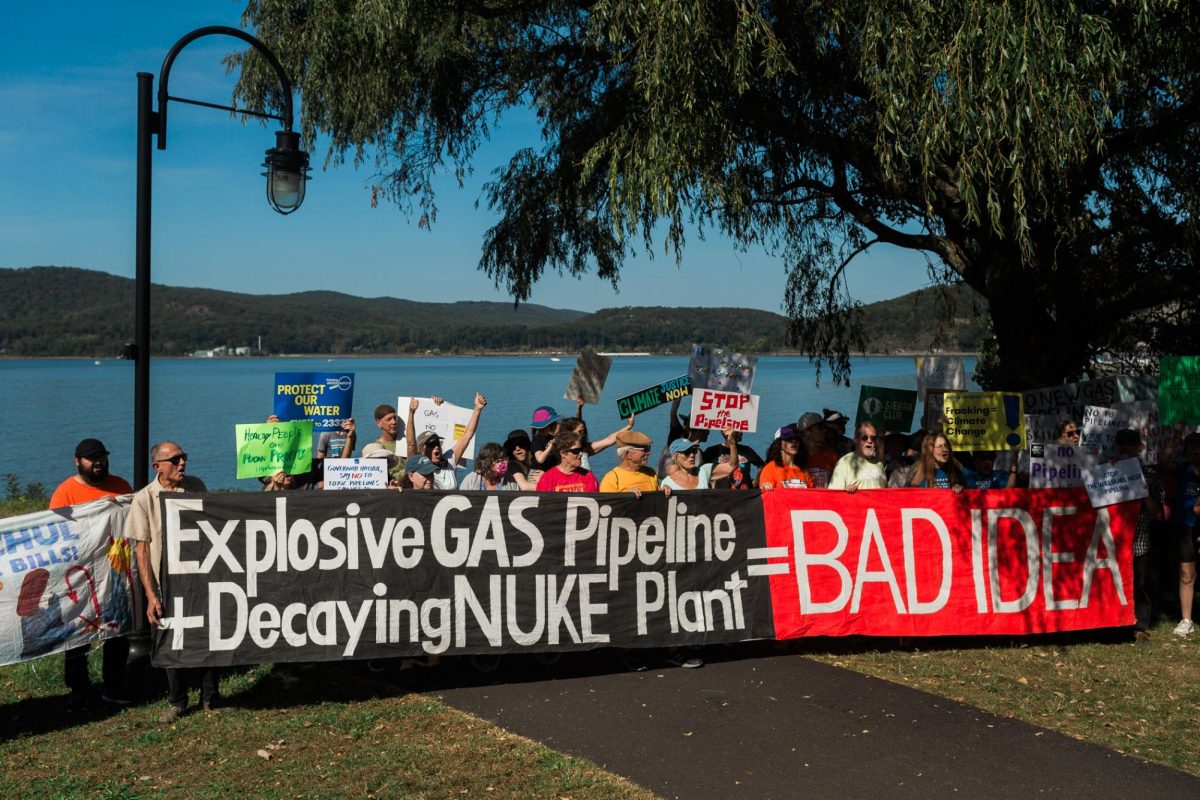
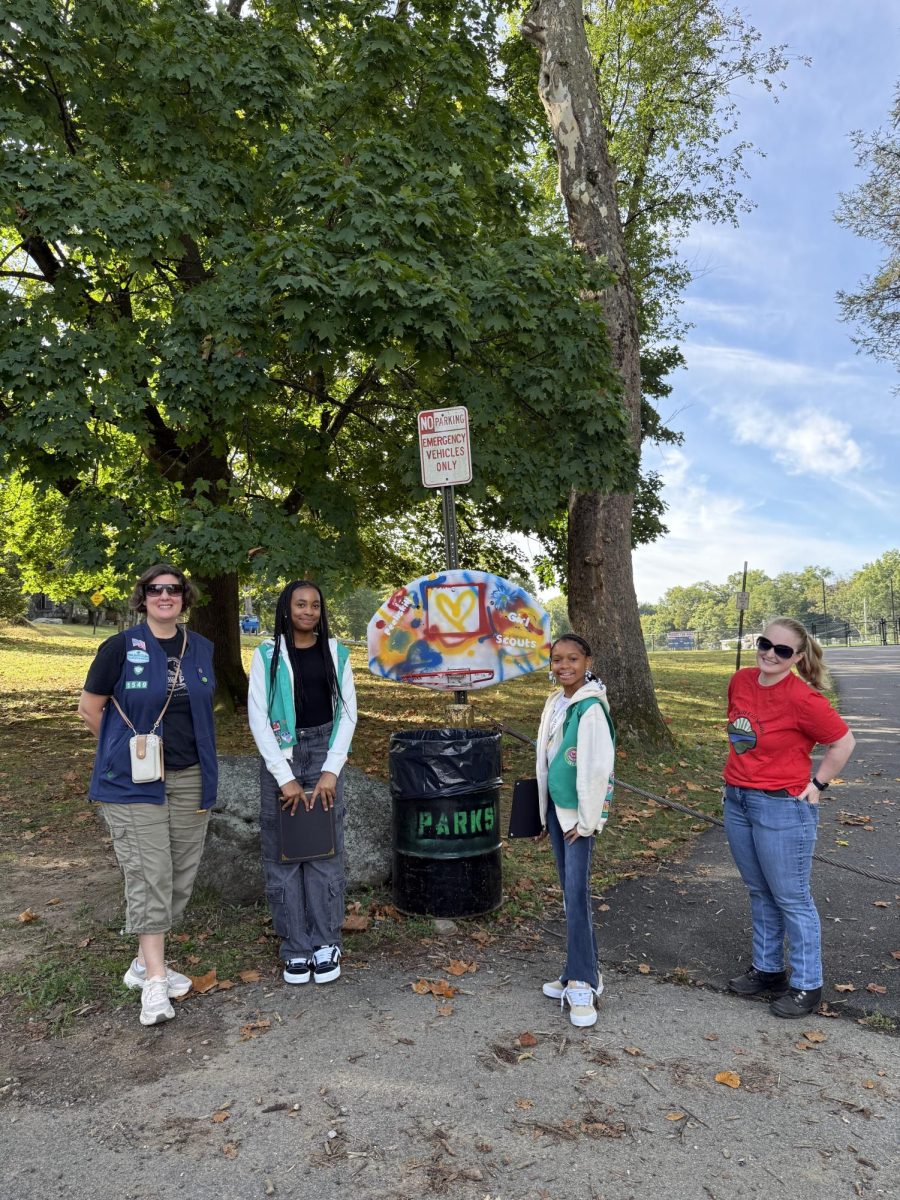
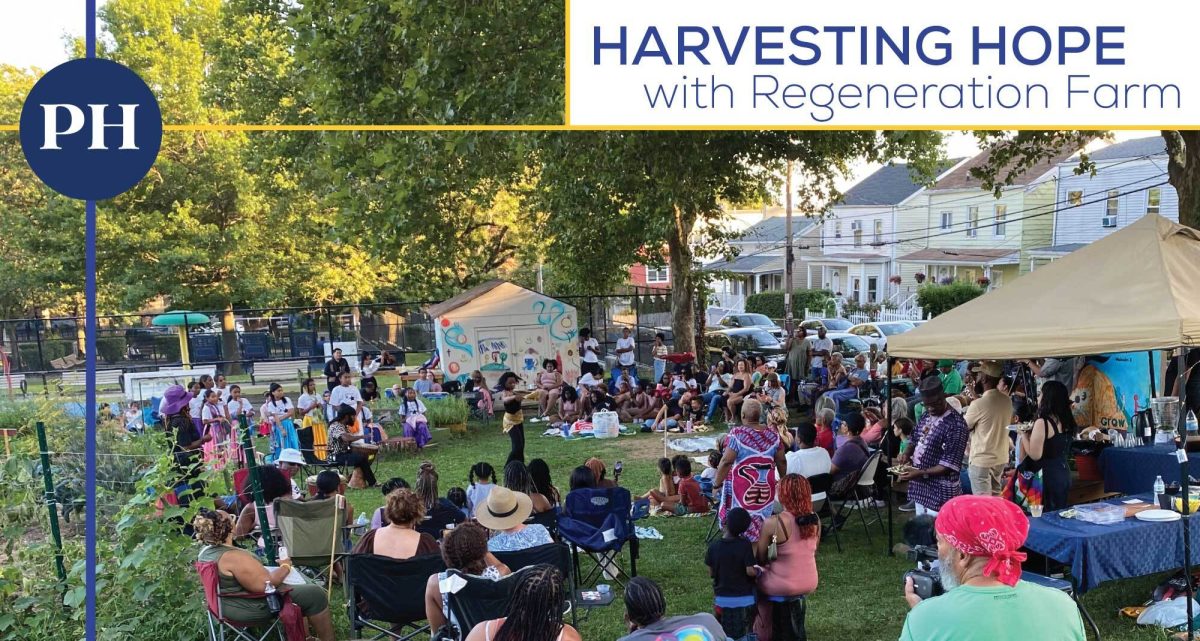
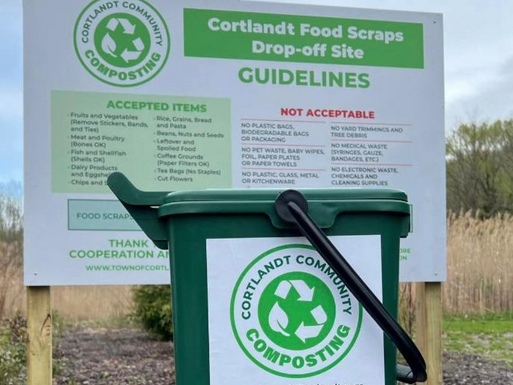

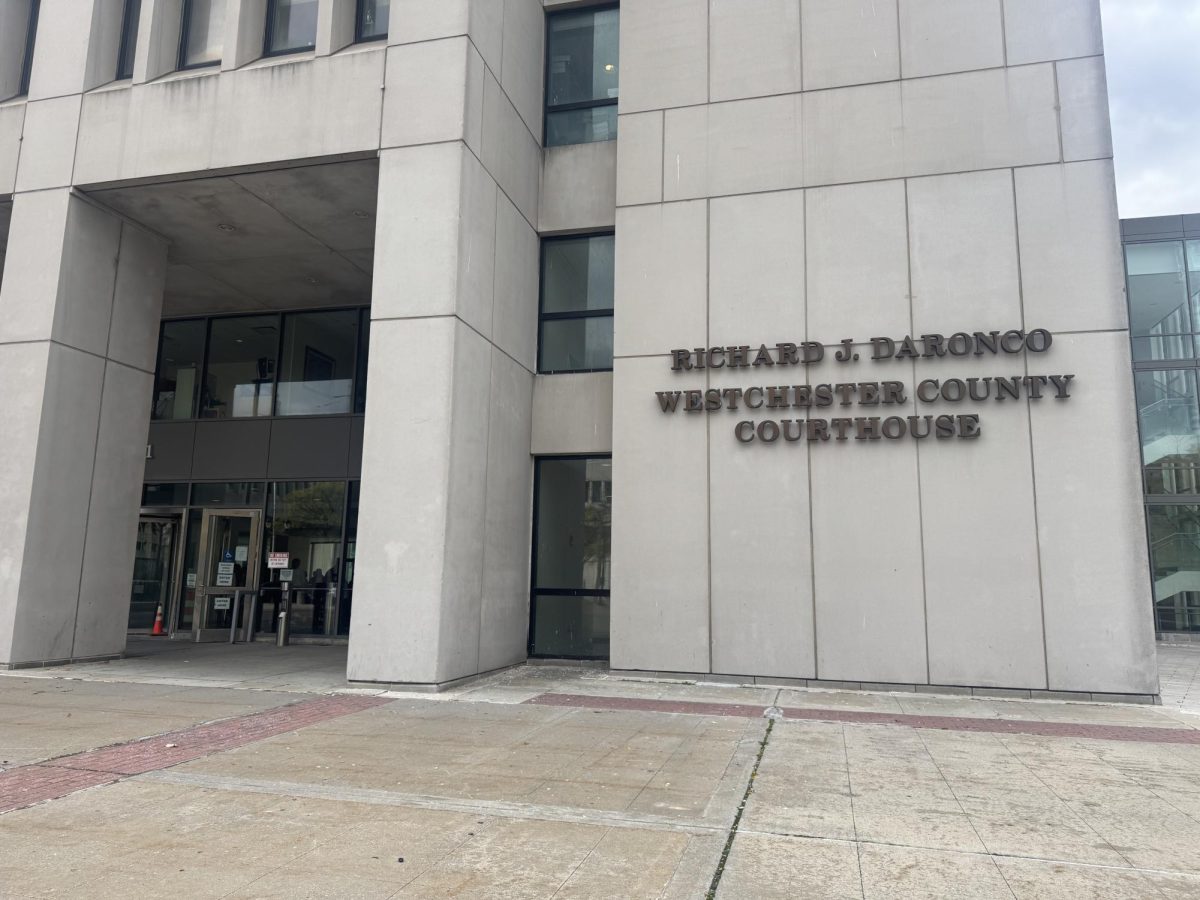

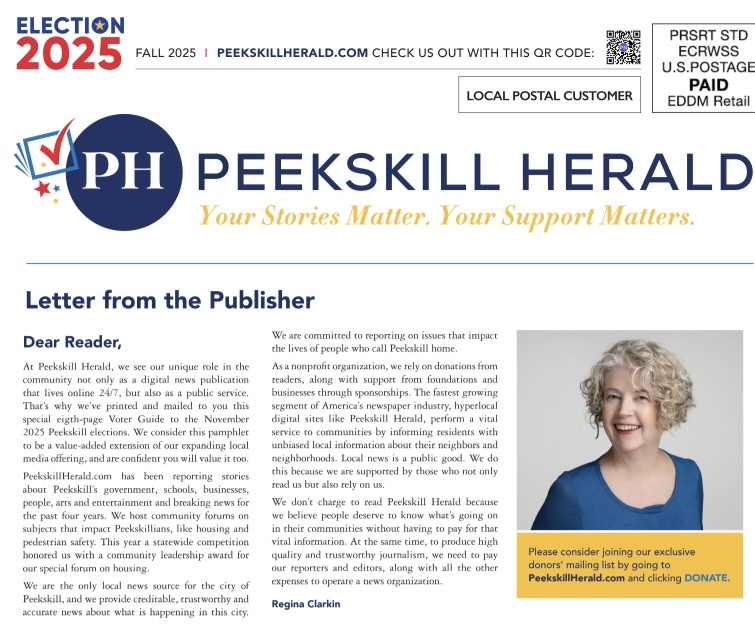
![Peekskill girls volleyball in action against Fox Lane on Oct. 16. (Peekskill City School District]](https://peekskillherald.com/wp-content/uploads/2025/10/Lead-photo-6-1200x640.jpg)
